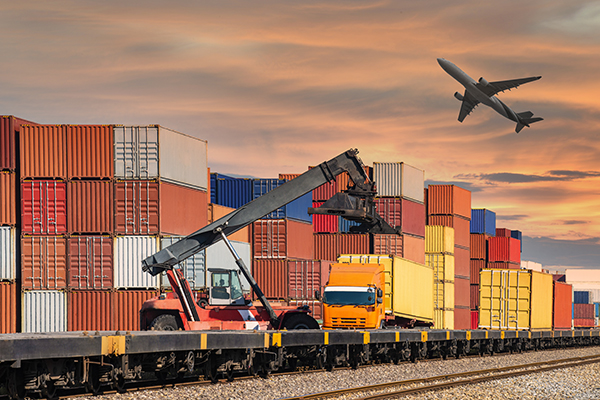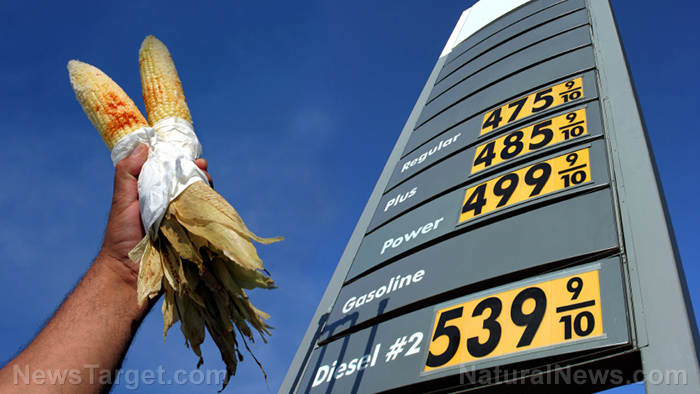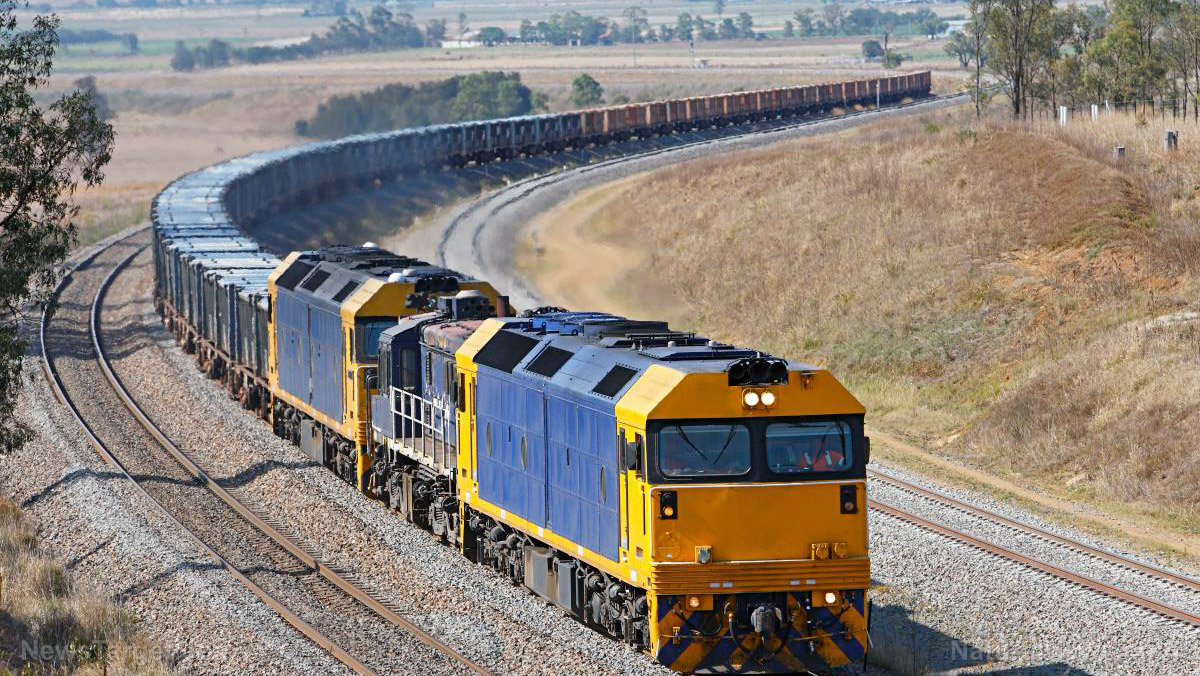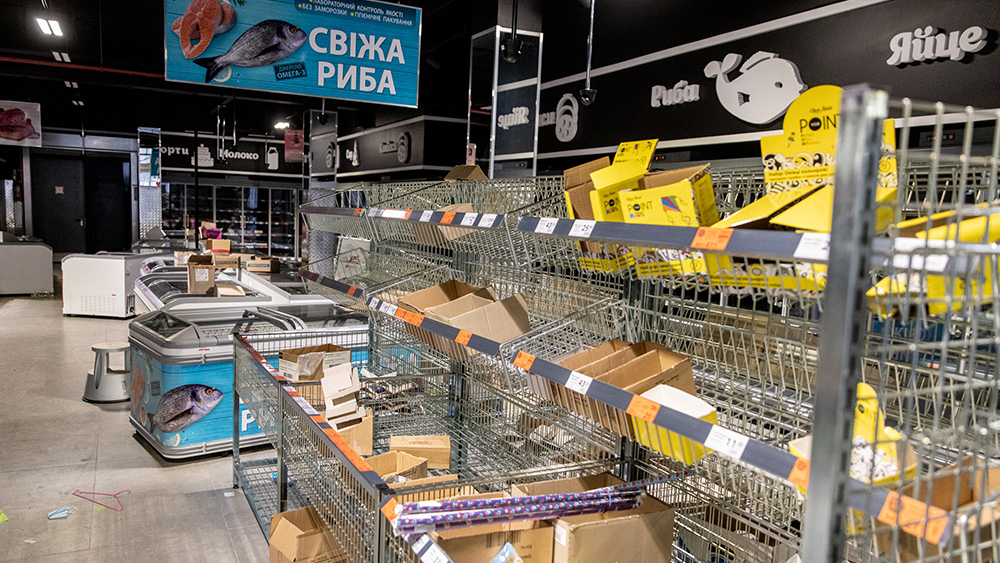Truck driver warns supply chain crisis will not end unless port congestion, labor shortage and other long-term issues are resolved
11/03/2021 / By Arsenio Toledo

A truck driver broke down all of the issues affecting America’s supply chains, saying that unless these factors are properly addressed the country’s supply chain crisis will not end.
Ryan Johnson, a unionized truck driver affiliated with the Teamsters, wrote in a post on the blogging and online publication website Medium that all of the factors causing the supply chain crisis are creating major headaches for truck drivers like himself.
One of the first problems Johnson pointed out was the congestion at U.S. ports. According to him, about 14,000 truck drivers go through American ports every day to pick up essential cargo that needs to be delivered quickly across the country.
But the ports are experiencing staffing shortages, resulting in the ratio of crane operators available to load cargo onto trucks rising to about one crane operator for every 50 to 100 trucks.
This shortage has also resulted in truck drivers remaining idle for longer periods at ports while waiting for the cargo they need to load onto their vehicles.
“Think of going to the port as going to Walmart on Black Friday, but imagine only one cashier for thousands of customers,” wrote Johnson. “Think about the lines. Except at a port, there are at least three lines to get a container in or out.”
He continued: “The first line is the ‘in’ gate, where hundreds of trucks daily have to pass through five to 10 available gates. The second line is waiting to pick up your container. The third line is waiting to get out. For each of these lines, the wait time is a minimum of an hour, and I’ve waited up to eight hours in the first line just to get into the port.
“Some ports are worse than others, but excessive wait times are not uncommon. It’s a rare day when a driver gets in and out in under two hours. By ‘rare day,’ I mean maybe a handful of times a year. Ports don’t even begin to have enough workers to keep the ports fluid, and it doesn’t matter where you are, coastal or inland port, union or non-union port, it’s the same everywhere.”
Johnson also cited the shortages in essential replacement parts for truck engines and the inability of independent contractors to make a profit during the crisis.
“My prediction is that nothing is going to change and the shipping crisis is only going to get worse,” wrote Johnson. “This is the new normal. All brought to you by the ‘experts’ running our supply chains.”
America is short 80,000 truck drivers
Another problem plaguing the trucking industry is the chronic shortage of drivers. Three years ago, America had a shortage of 61,000 truck drivers. Now, the shortage has ballooned to an estimated 80,000 drivers. (Related: Shortage of truck drivers in the US forces companies to look overseas.)
This is according to Tony Bradley, president and CEO of the Arizona Trucking Association, who also pointed out that America’s truck driver workforce is aging.
“Prior to the pandemic, our average age of our drivers was north of 55 years old,” said Bradley. “We’ve got a lot of men and women who have quite frankly reached retirement age, and during the pandemic when there was a slow down, they decided to hang it up.”
Bob Costello, the chief economist for the American Trucking Associations, estimated that the industry will need to recruit up to one million new drivers within the next nine years to resolve the shortage and replace the many drivers who are about to retire.
Many factors contribute to America’s lack of truck drivers, including difficulties in recruiting new drivers and retaining female drivers. Other factors that contribute to the shortage include ongoing lockdown restrictions, drug testing and age requirements, time away from home, pay and infrastructure issues.
“Because there is no single cause of the driver shortage, that means there is no single solution,” wrote Costello. “The solution to the driver shortage will most certainly require increased pay, regulatory changes and modifications to shippers’, receivers’ and carriers’ business practices to improve conditions for drivers.”
With regards to pay and benefits, many trucking companies around the world are doing their best to provide more incentives for new truck drivers.
In Bowling Green, Kentucky, small trucking company Taz Trucking is trying to entice younger drivers into the career with a pay increase of over 15 percent.
But without a nationwide shakeup of the industry that can revitalize it, local solutions implemented by small trucking companies like Taz Trucking will not create long-term solutions. Costello warned that the situation might get worse without structural changes.
“I think the supply chain problems of today are a glimpse into the future if we don’t fix this. At some point, what will happen is you will go to the grocery store, the driver shortage will get so bad, instead of seeing seven kinds of apples, you will see three,” said Costello.
He added that the truck driver shortage is a warning to all the other actors in other points of the supply chain. “When you look at demographics, and [if] nothing changes, the driver shortage could reach 160,000 in the next 10 years.”
Learn more about how truck drivers are essential to solving the supply chain crisis by reading the latest articles at MarketCrash.news.
Sources include:
Submit a correction >>
Tagged Under:
economic collapse, economy, labor shortage, port congestion, ports, staffing shortage, supply chain, supply chain crisis, truck driver shortage, truck drivers, trucking industry
This article may contain statements that reflect the opinion of the author
RECENT NEWS & ARTICLES
SupplyChainWarning.com is a fact-based public education website published by SupplyChainWarning.com Features, LLC.
All content copyright © 2021 by SupplyChainWarning.com Features, LLC.
Contact Us with Tips or Corrections
All trademarks, registered trademarks and servicemarks mentioned on this site are the property of their respective owners.





















